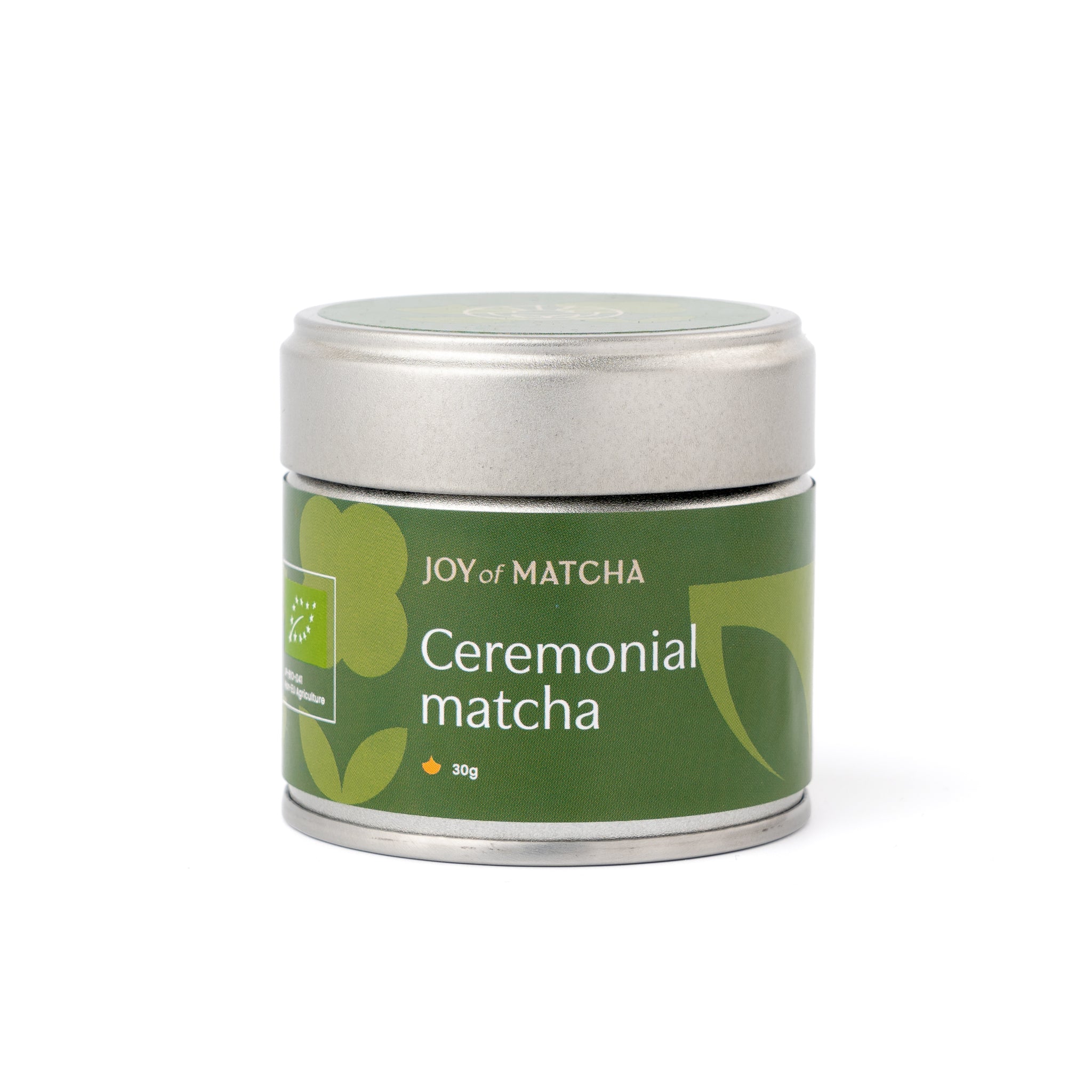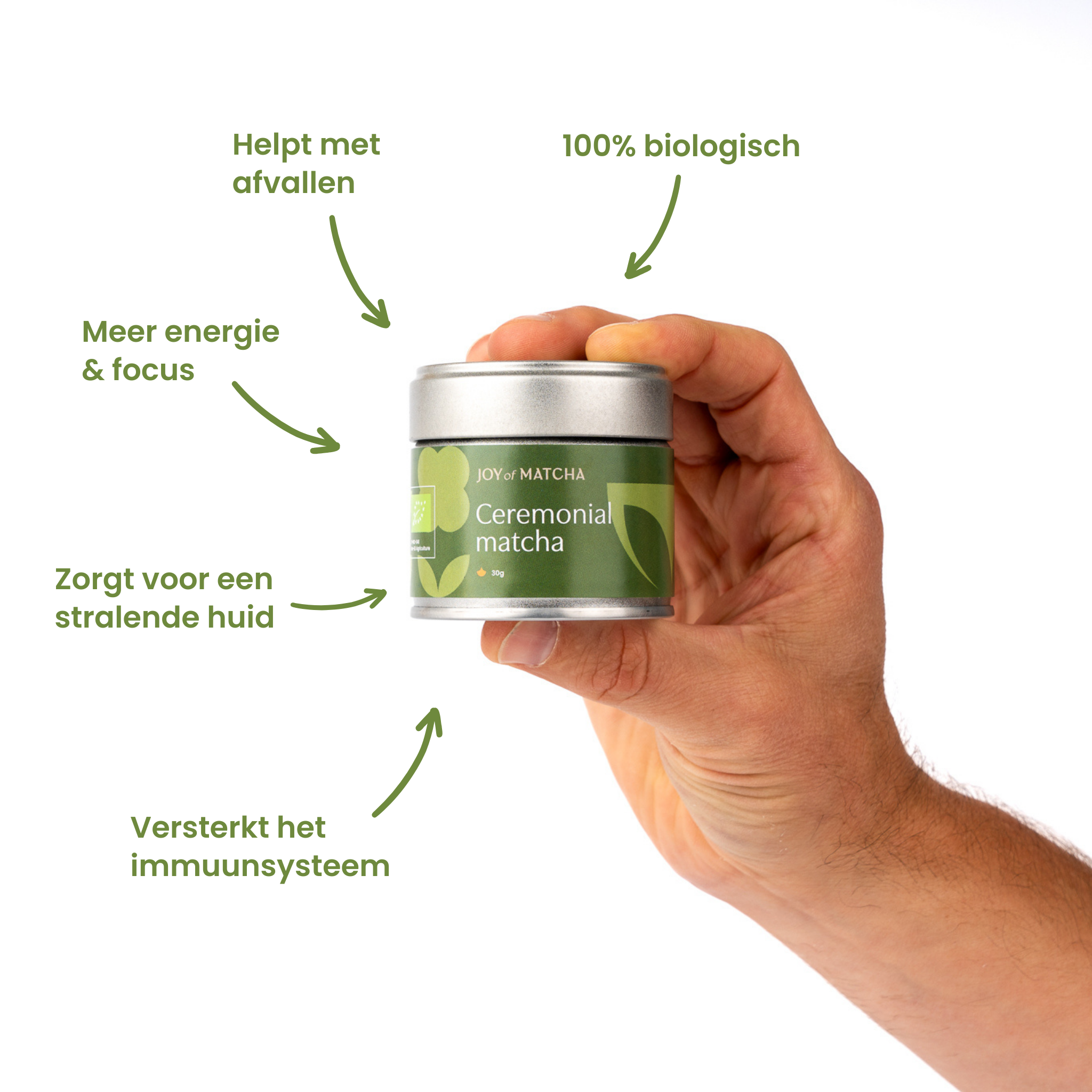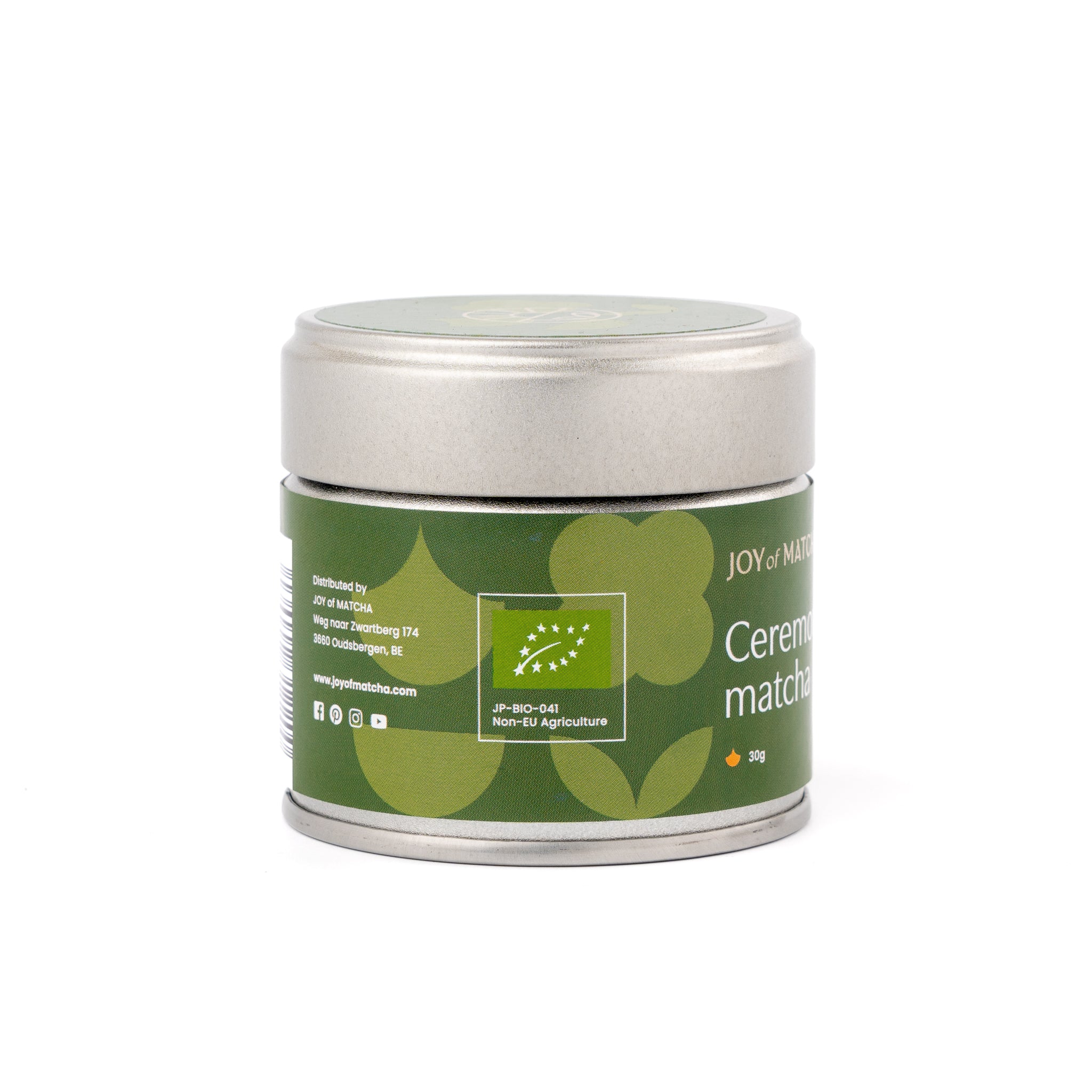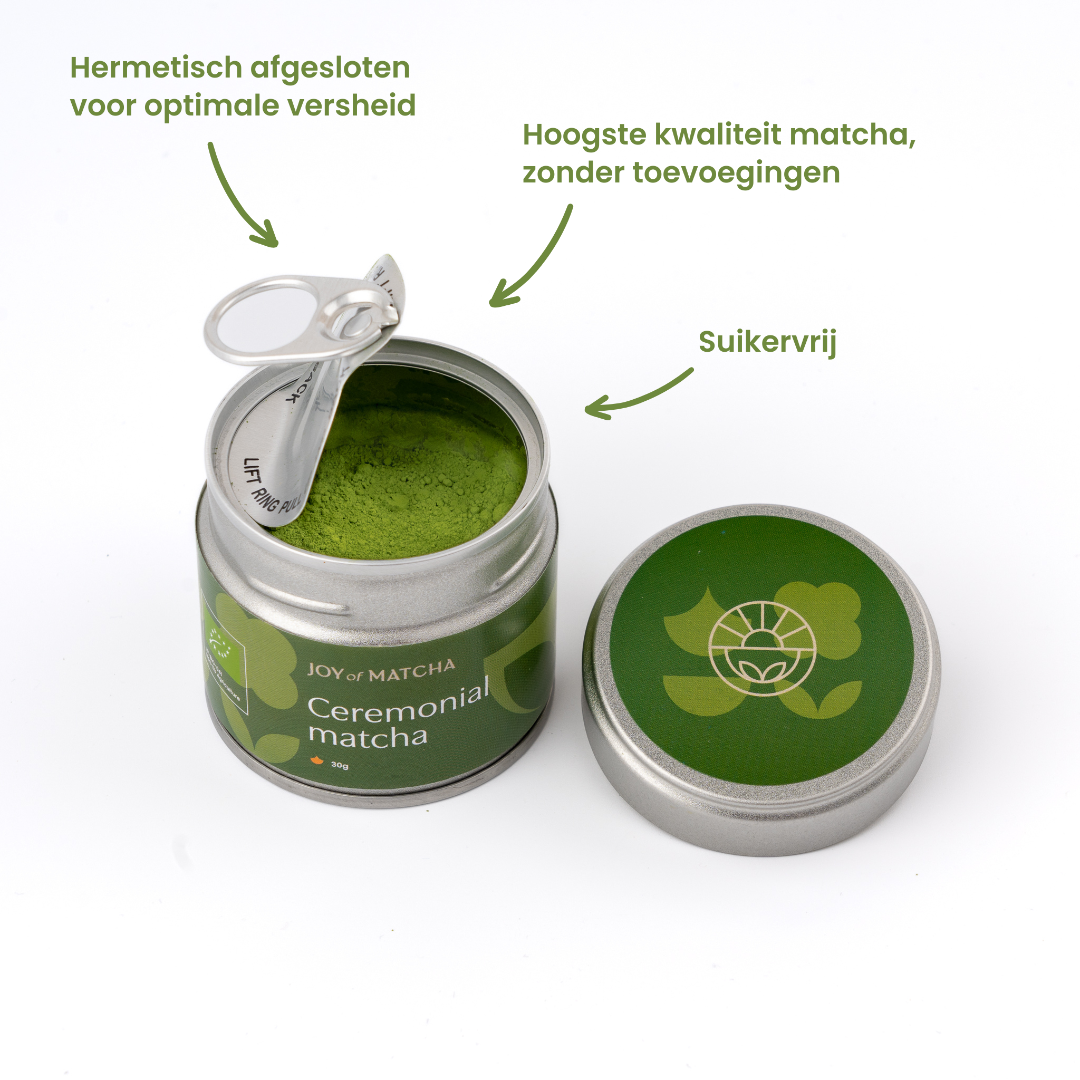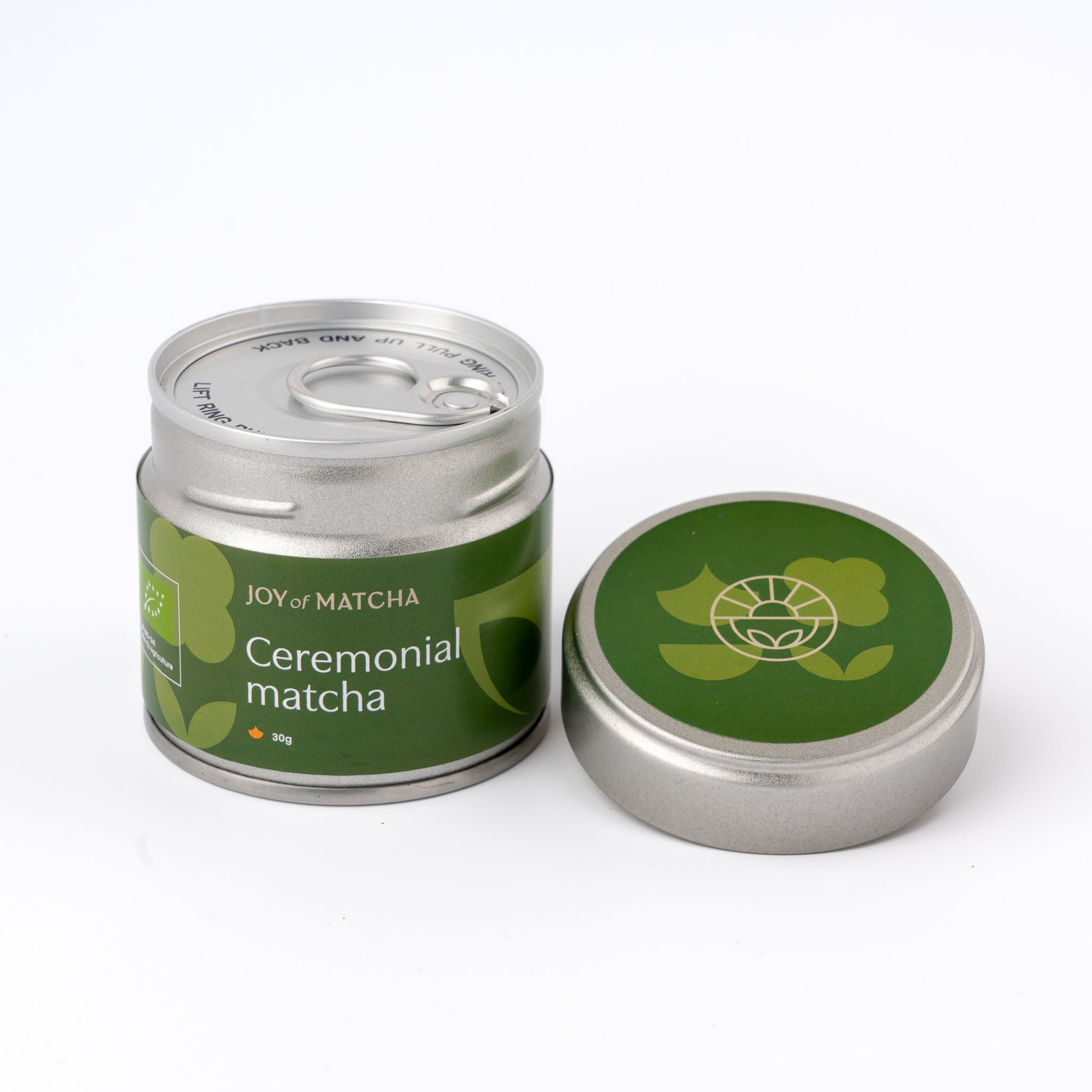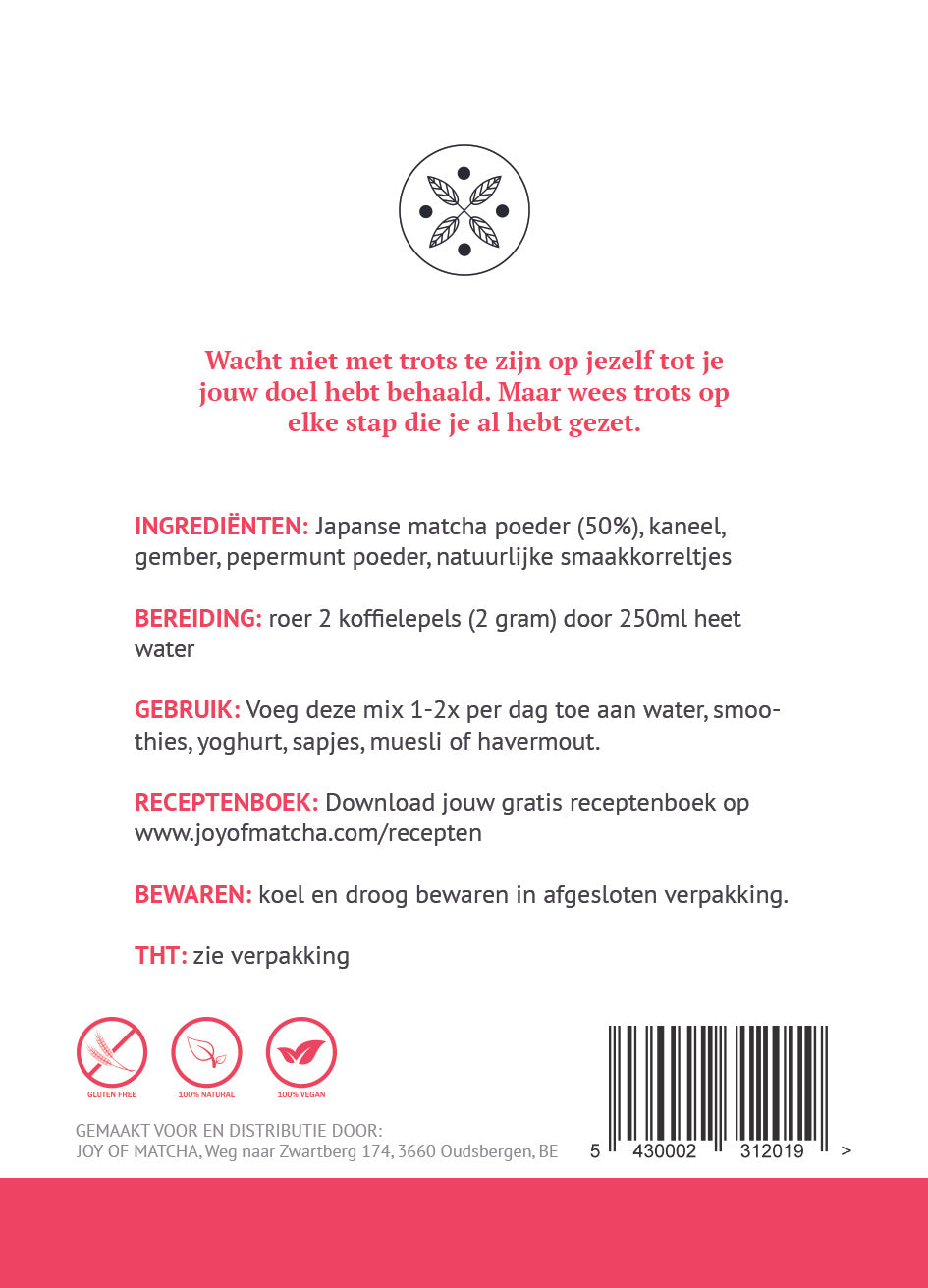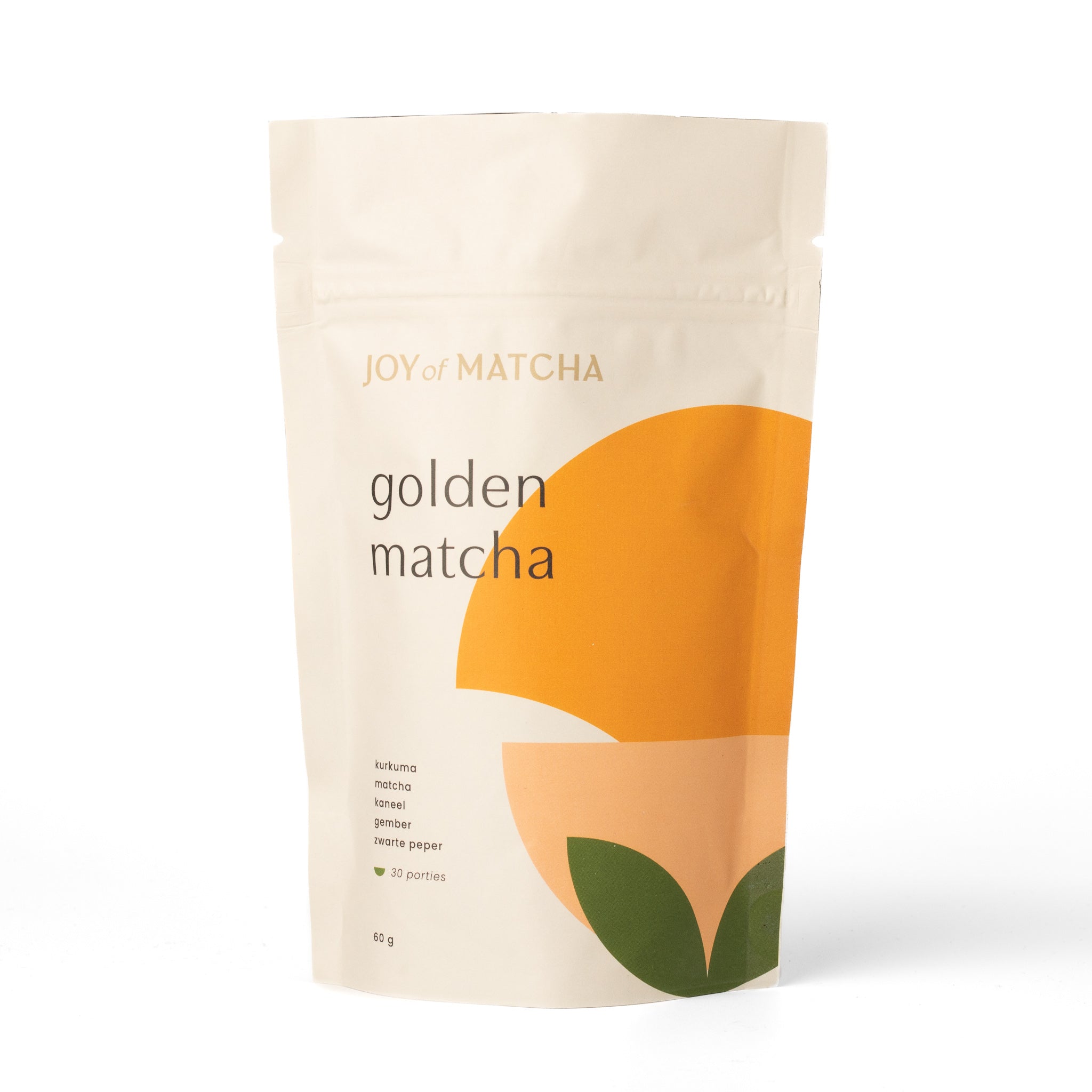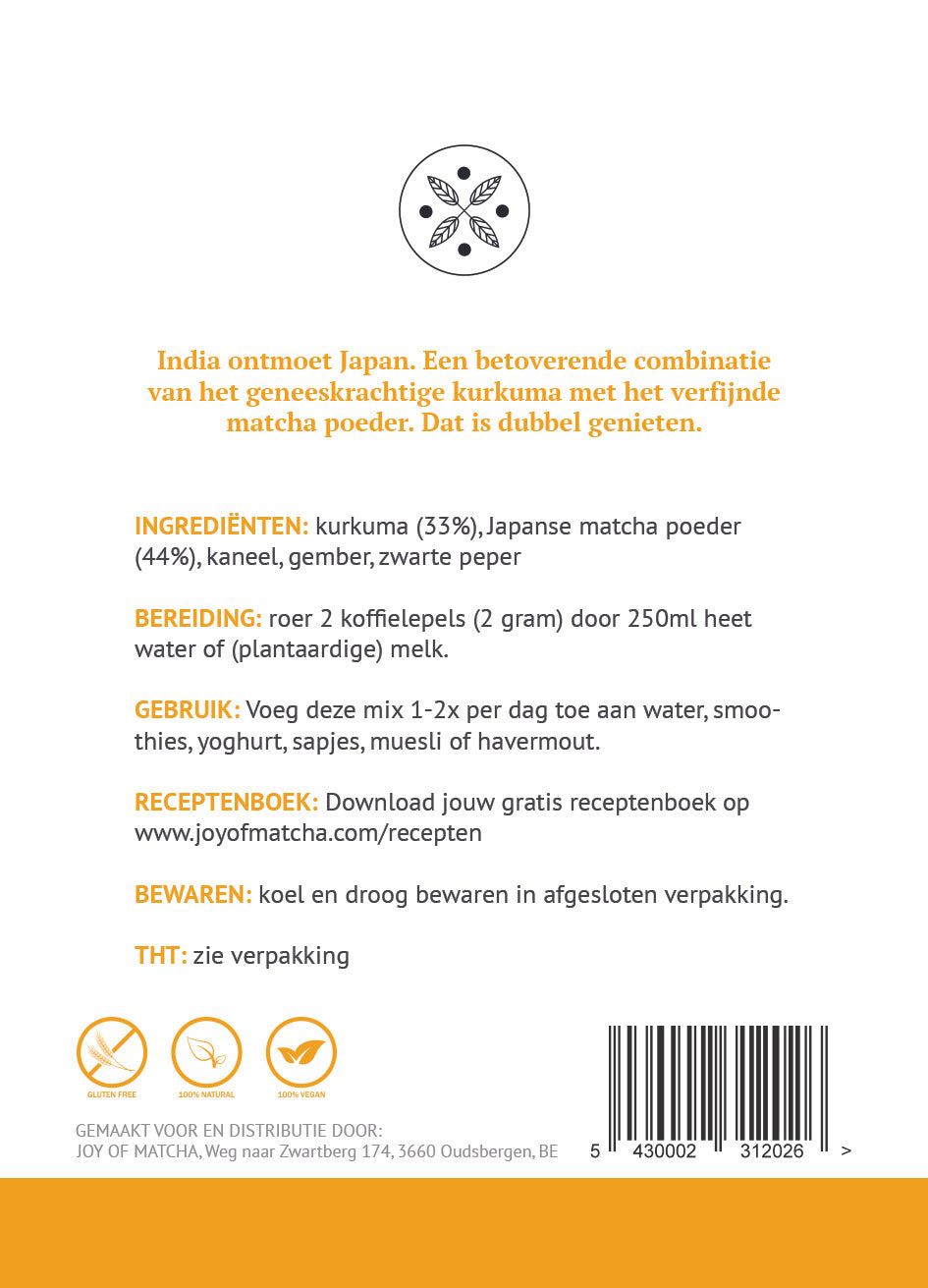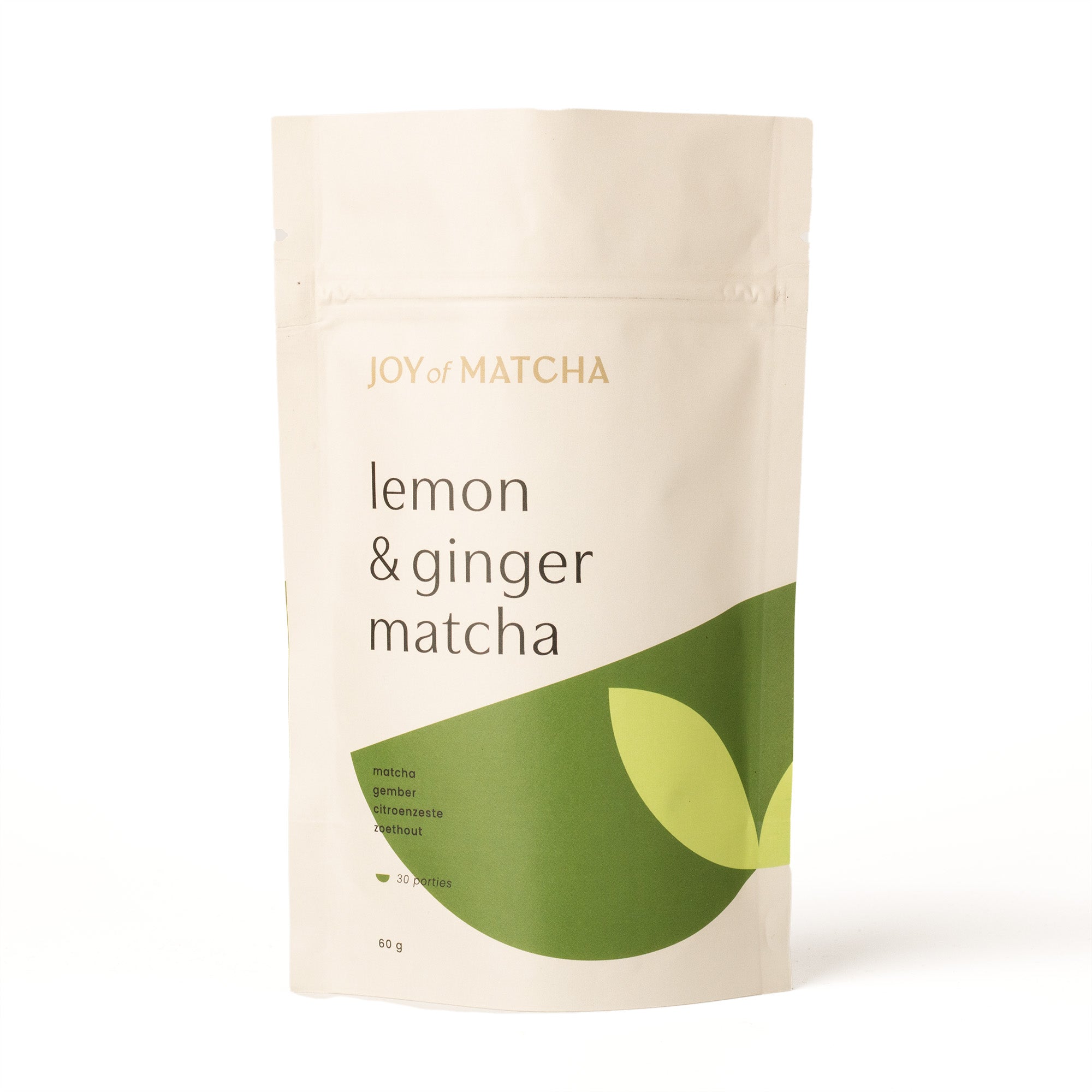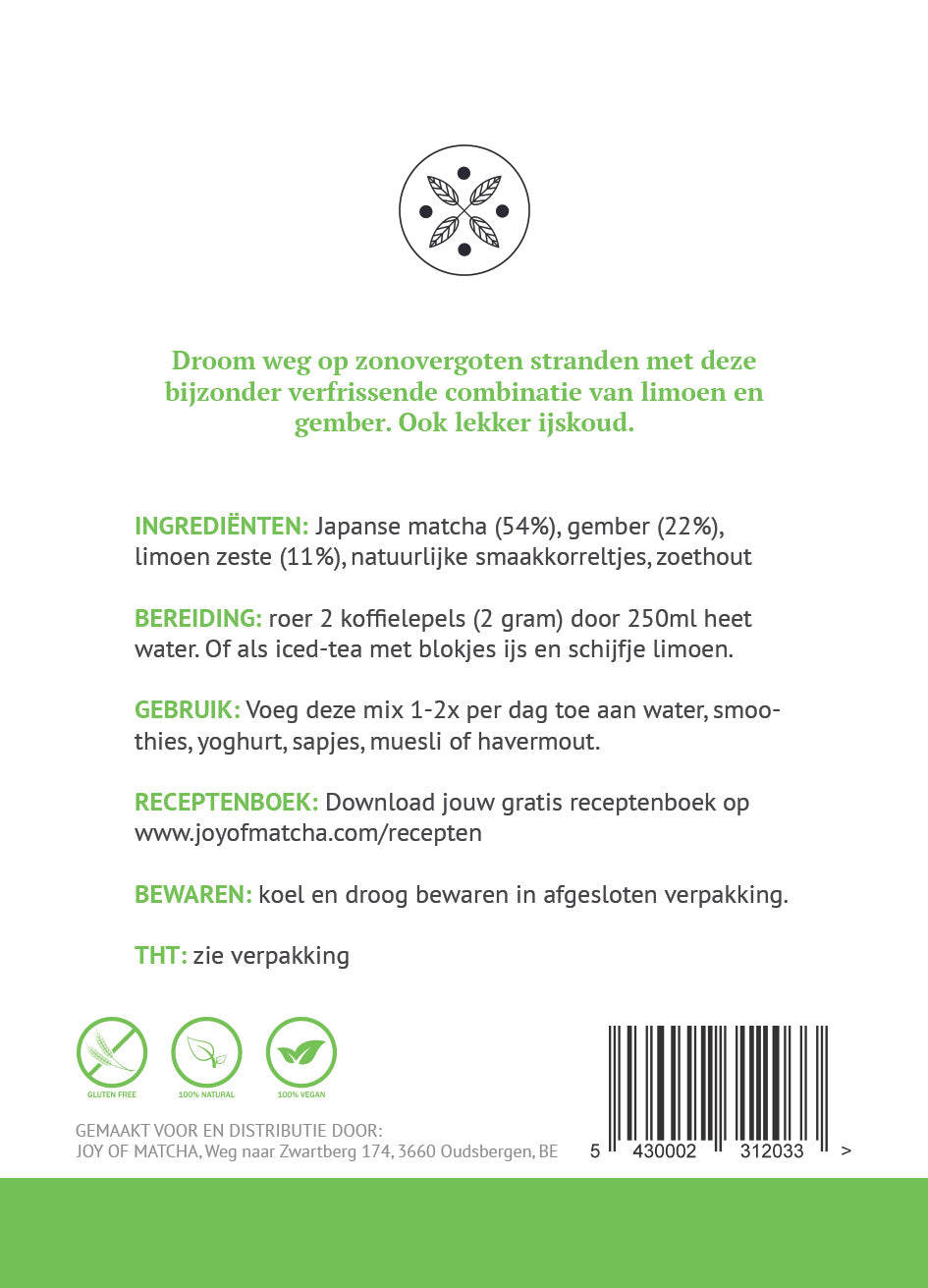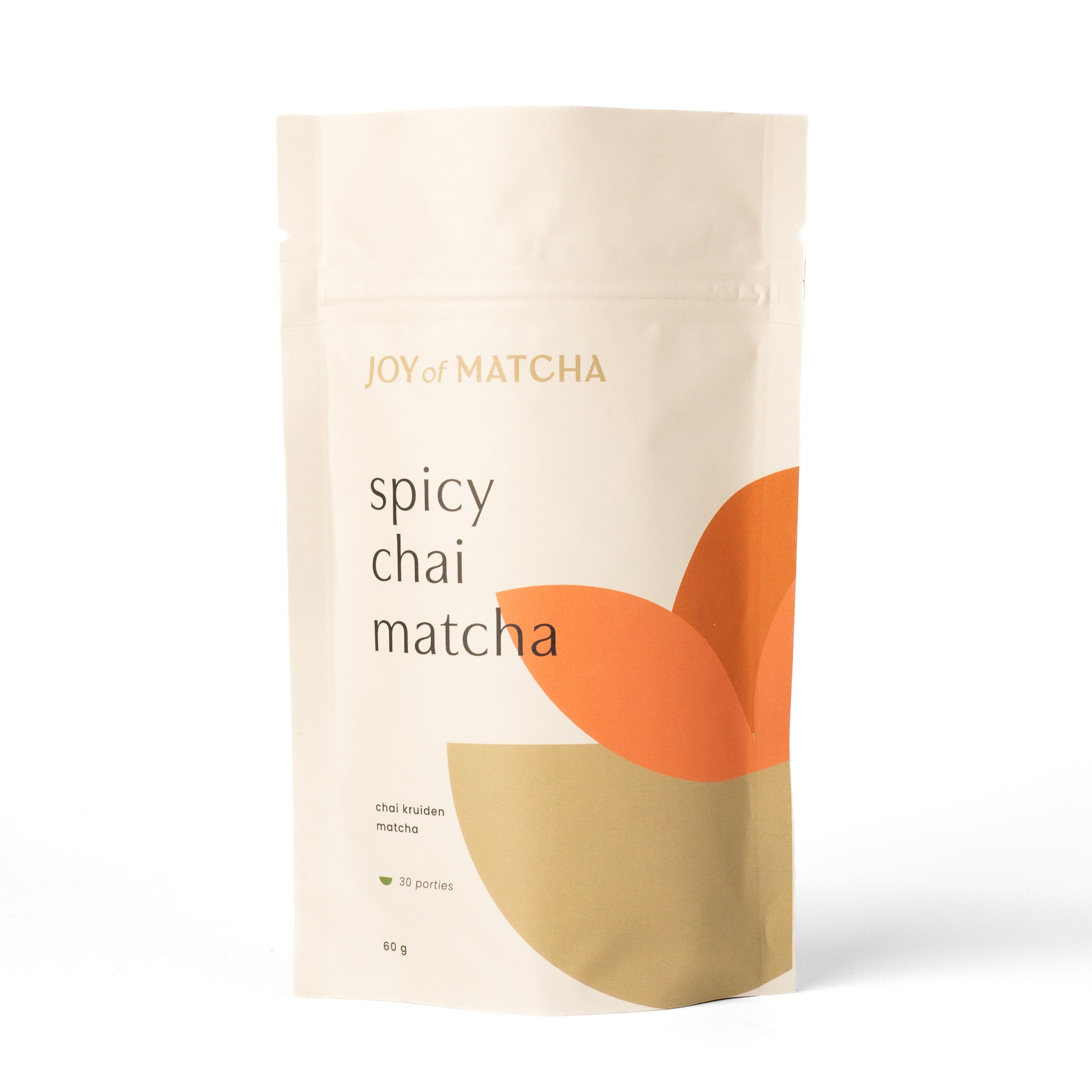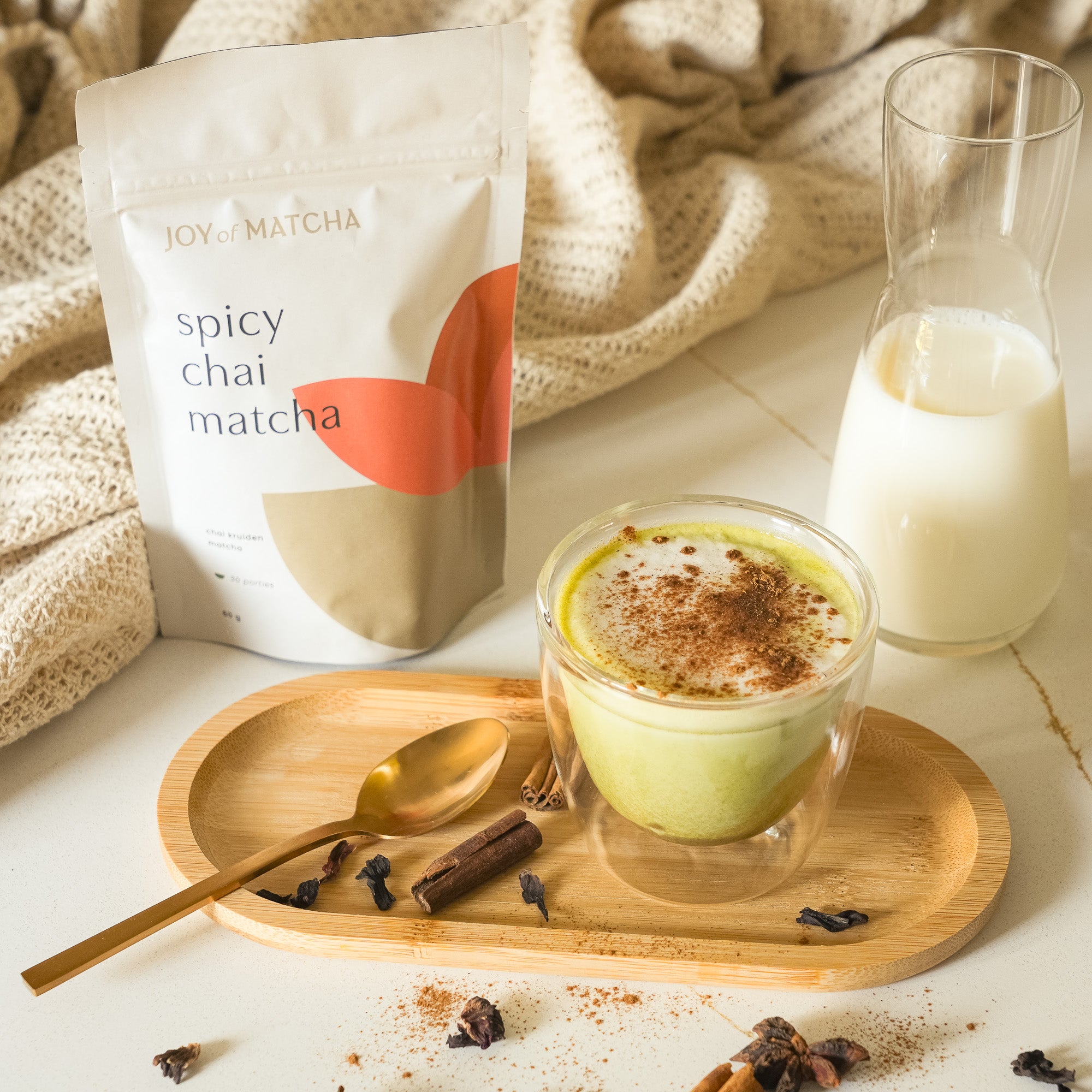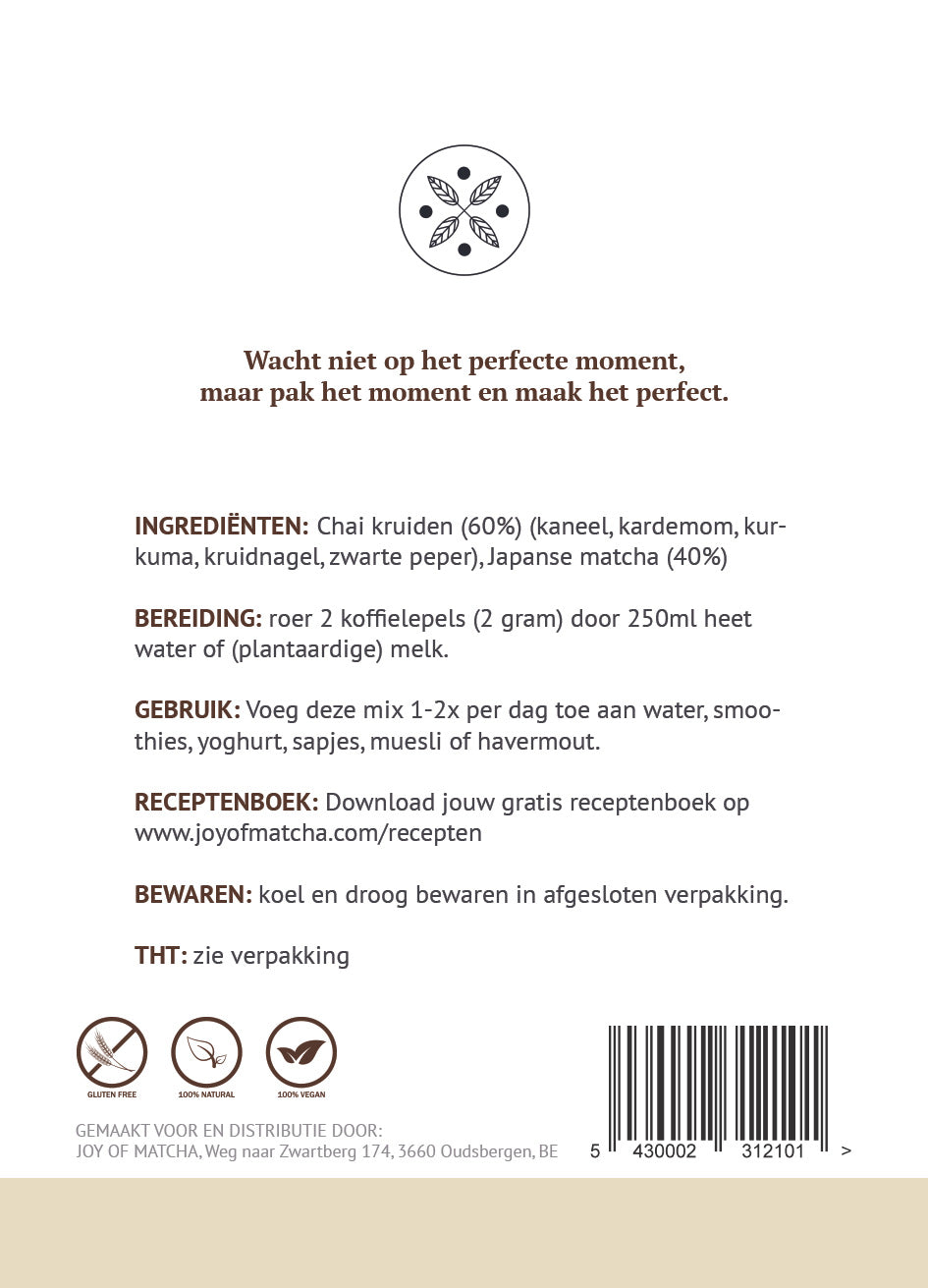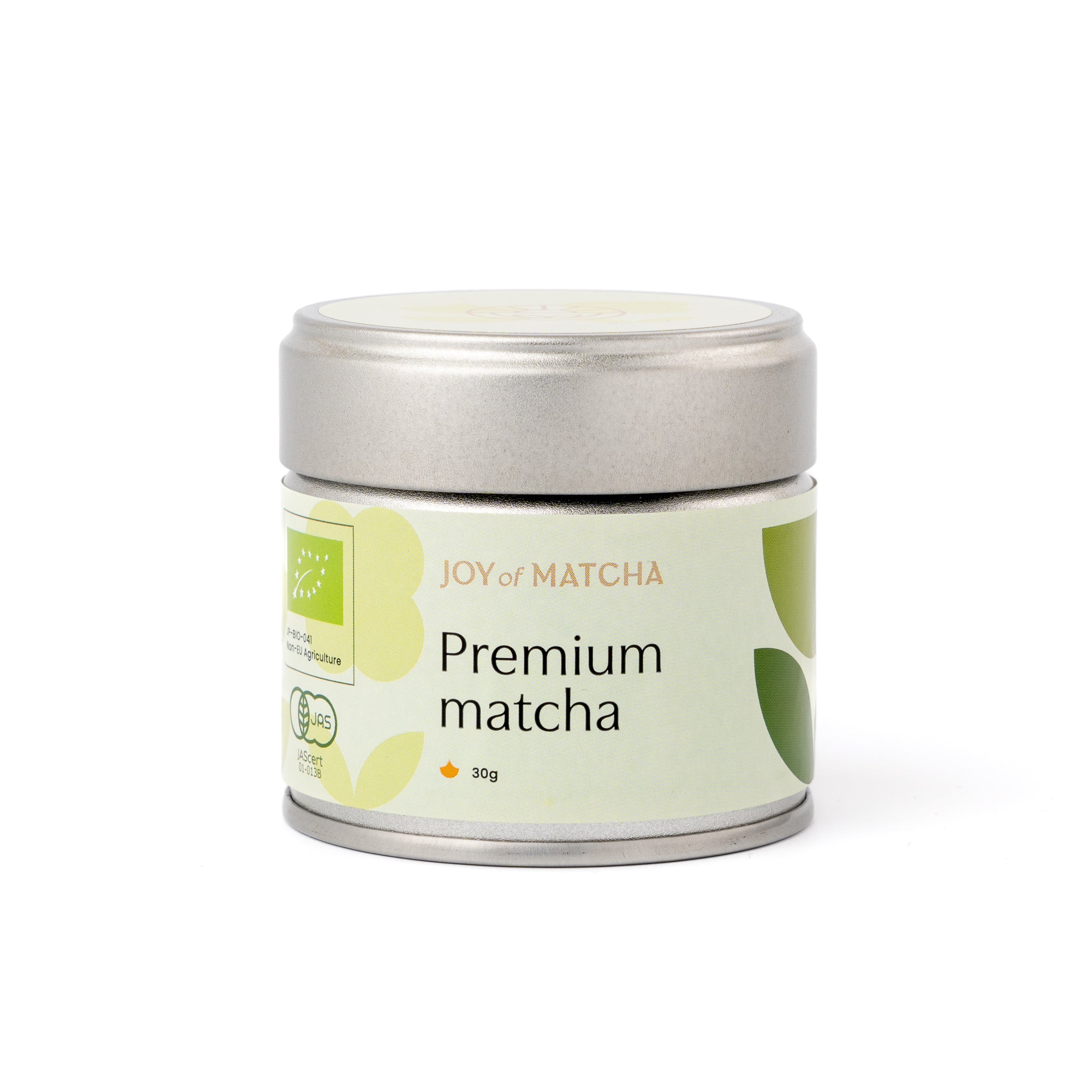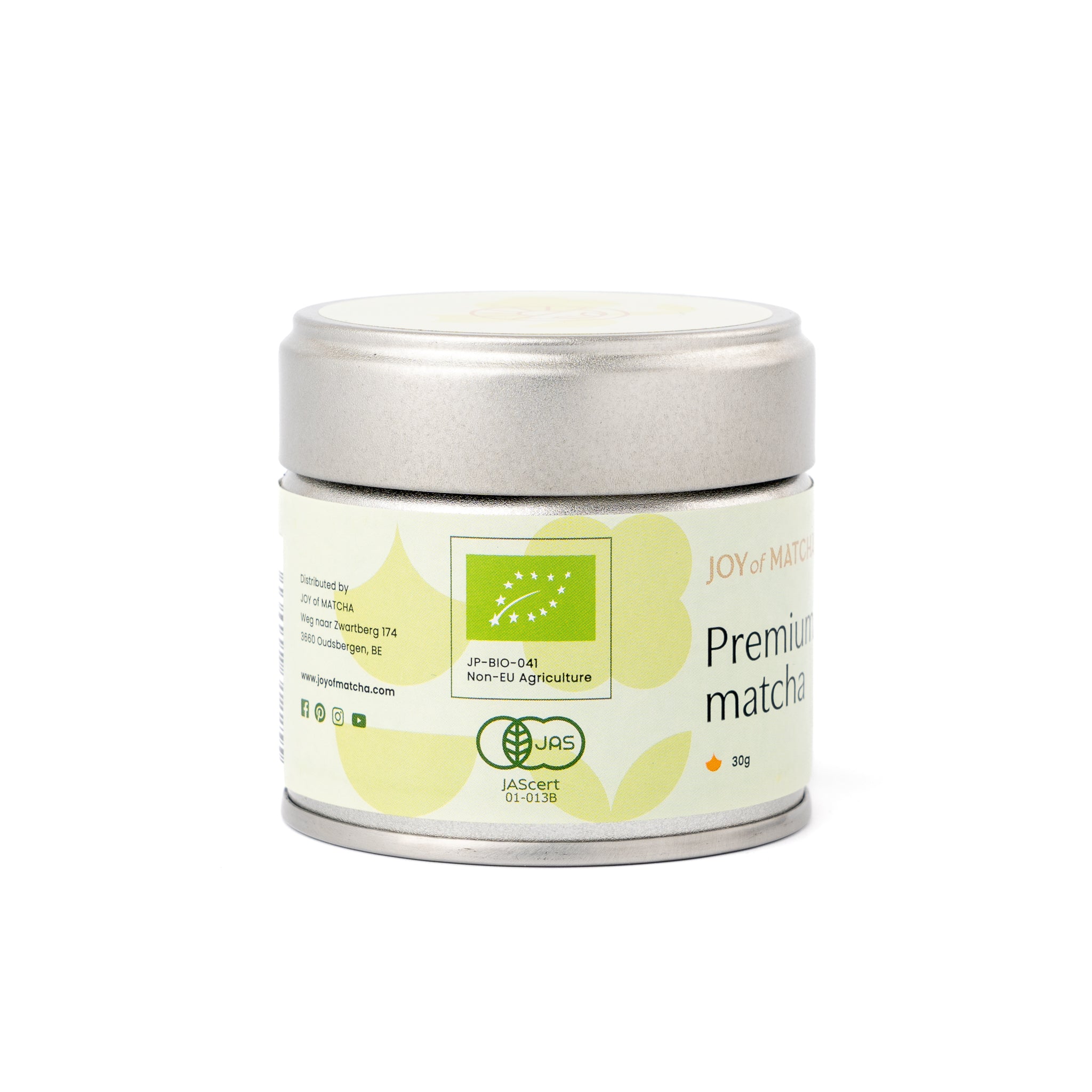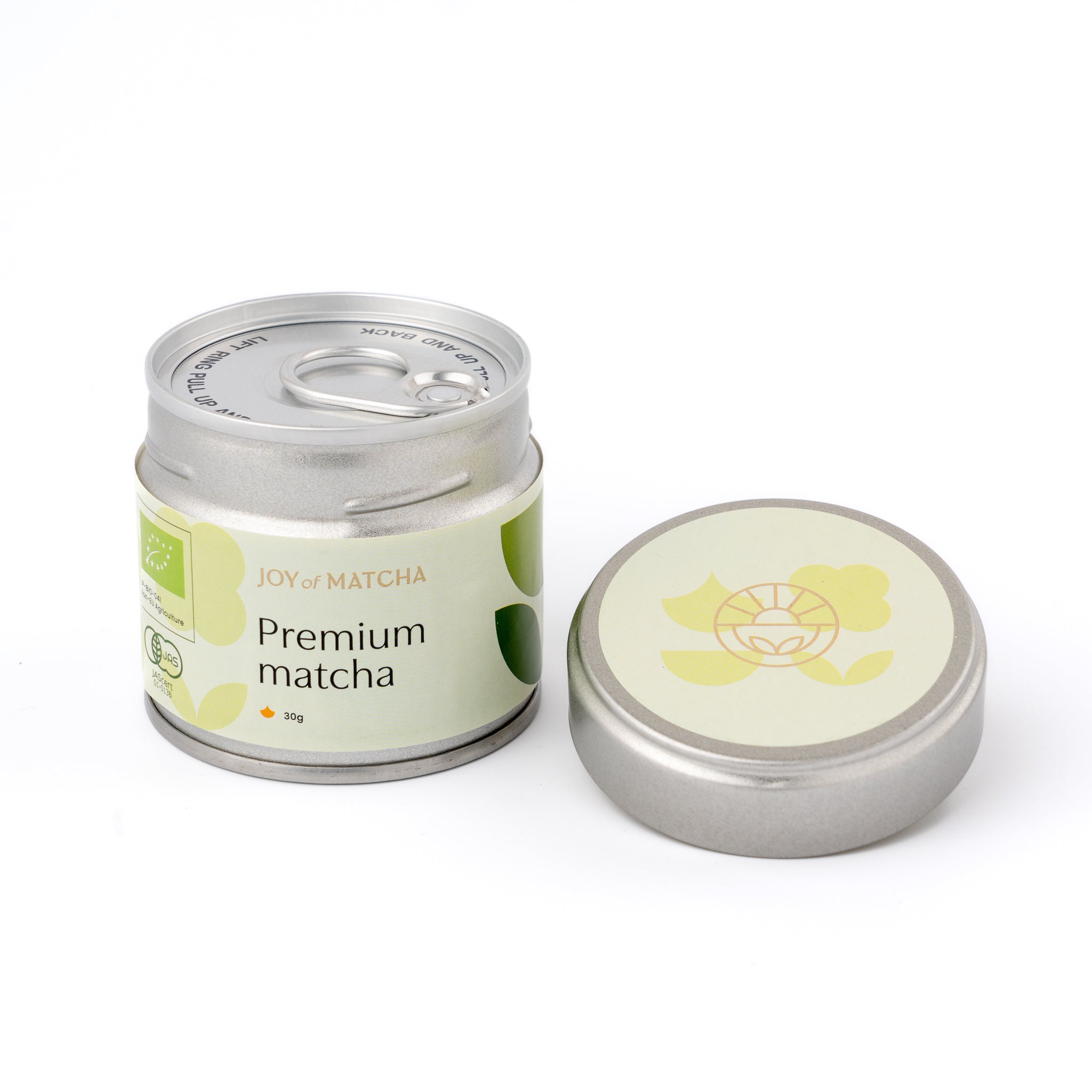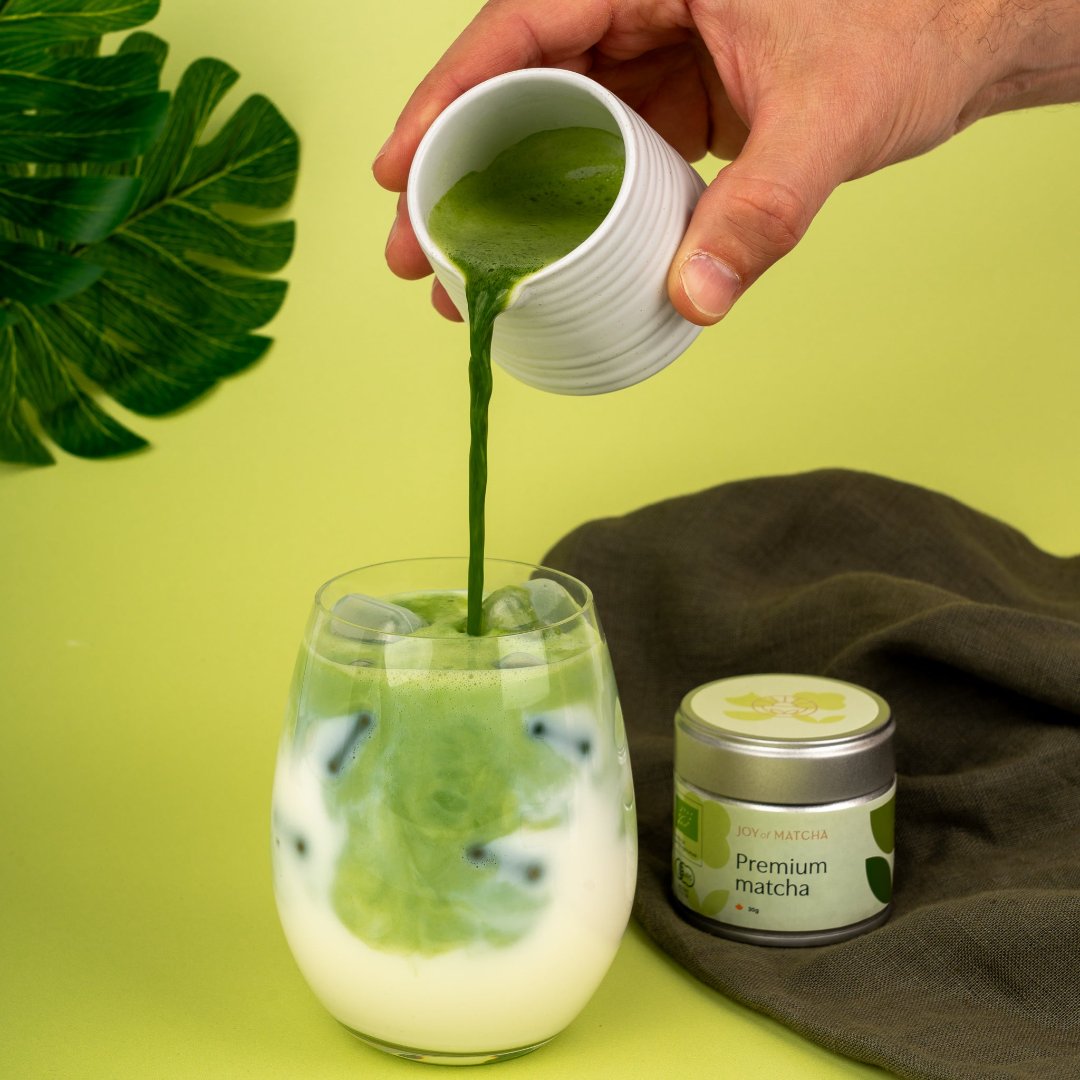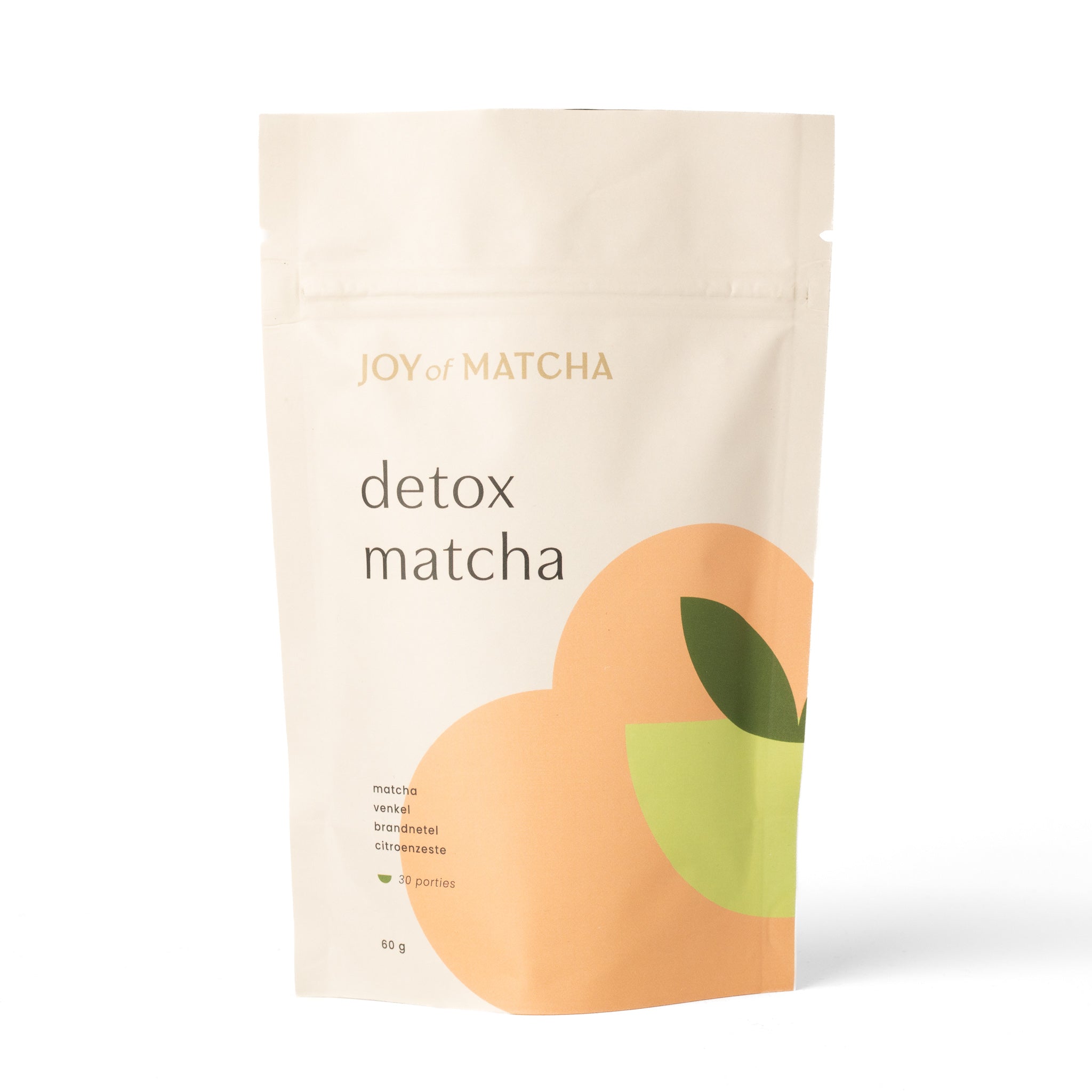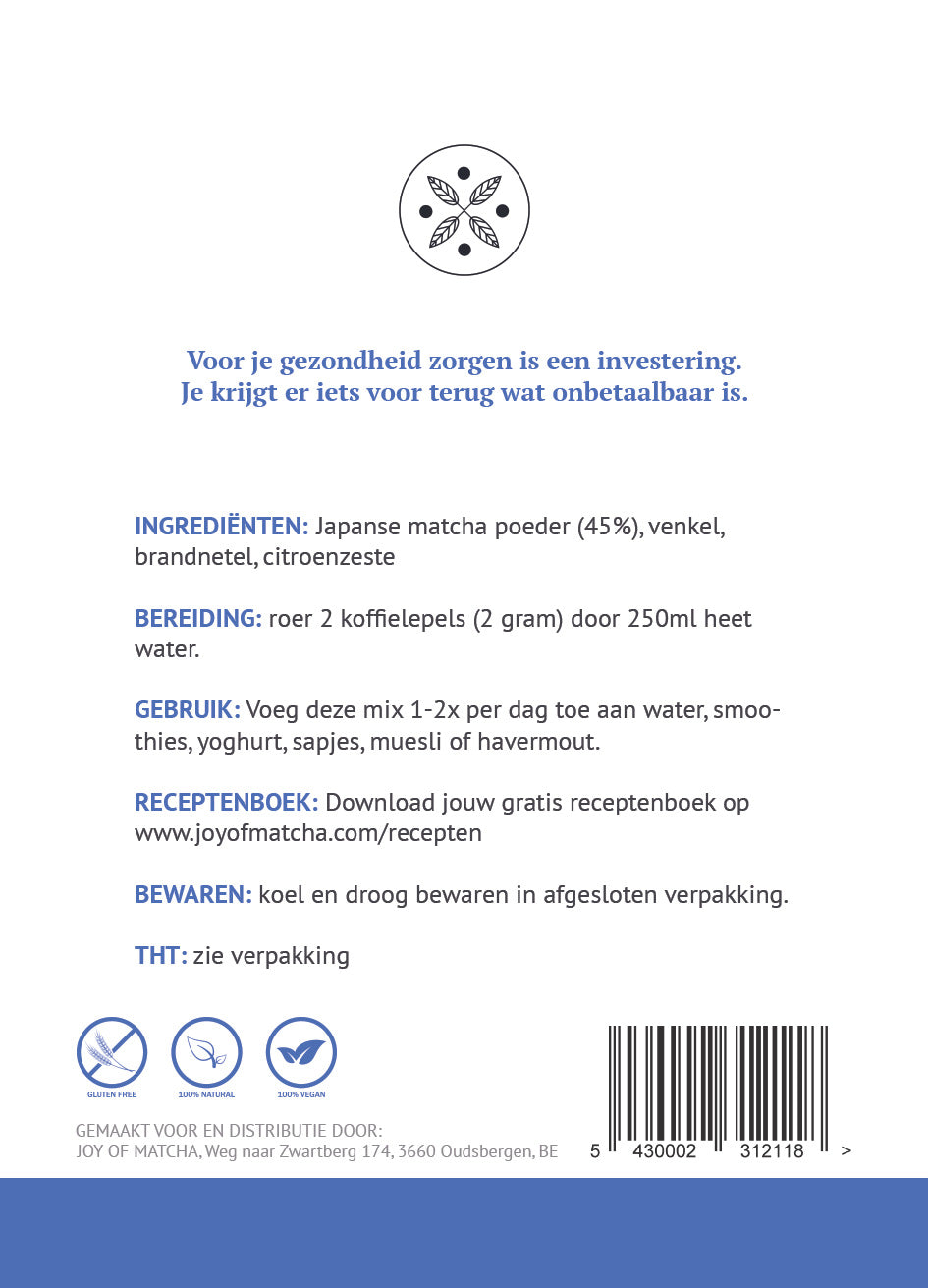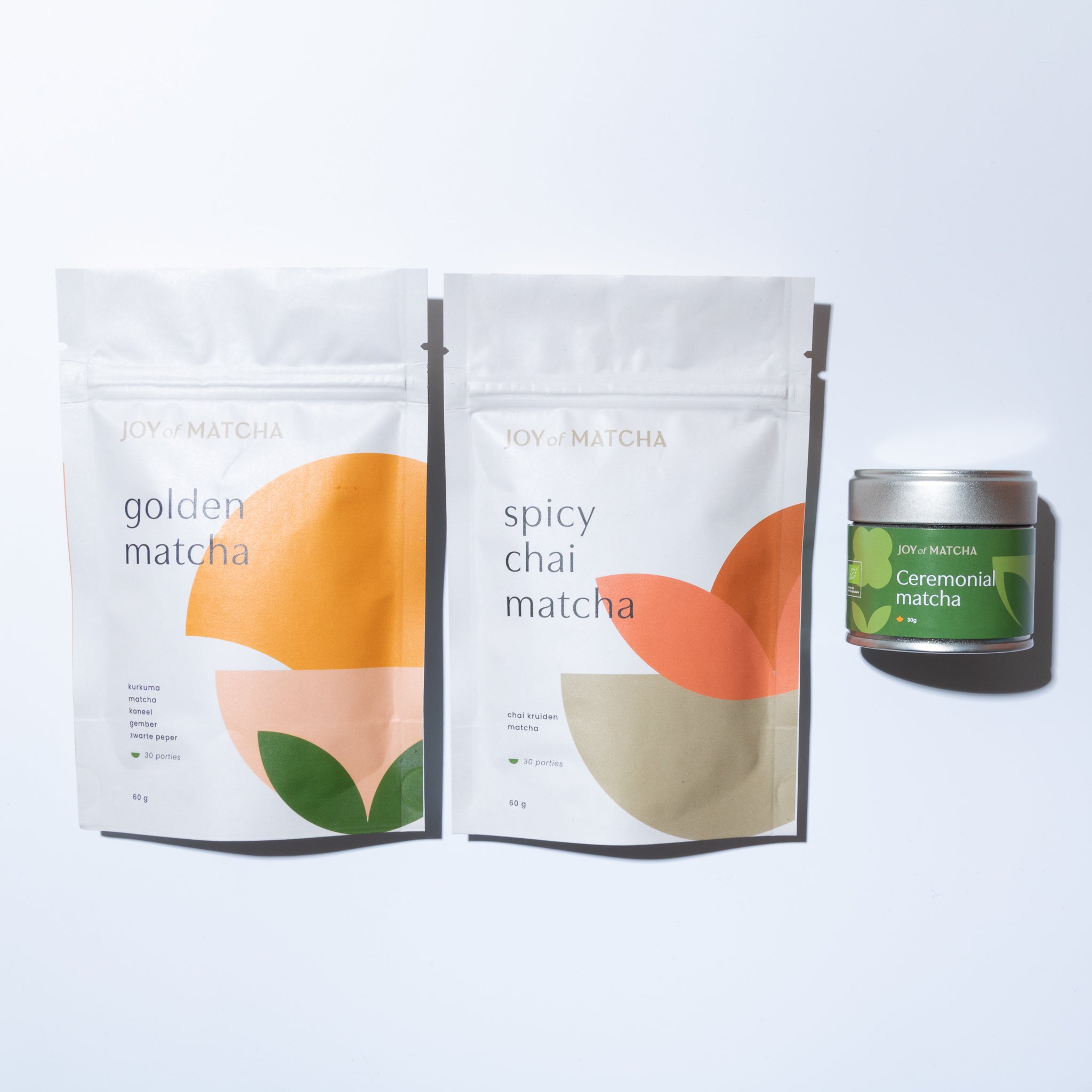When you first buy matcha tea, you probably also look for recipes and 'guides' on how to use it. You will also find a lot of them on our website, from tea to cake with matcha. But how did the Japanese originally mean matcha?
History of matcha
Let's briefly dive into history. Matcha was introduced to Japan in 1191 by the Zen Buddhist Eisai. The tea came from China. Eisai ground it into powder form. That is the tea we know as matcha.
Matcha is special because only a small number of tea farmers produce really good matcha. A good quality matcha is therefore expensive and much more expensive than the green tea that you find in bags in the supermarket. Only the green young leaves are suitable for matcha. They provide the bright green color that is typical of a high-quality matcha. A less good matcha has a dull green color.
Thick or thin
The traditional preparation from Japan has not one, but two ways. They are called Usucha and Koicha . Which means thin and thick. They both have a different taste experience. If you are not such a fan of one, you may be of the other.
Usucha (thin) is a very light tea. The quality of the tea is less important, because you use less matcha.
Koicha (thick) is therefore a thick and strong tea. The leaves of the plants used for usucha are less than 30 years old. For koicha, tea plants must be older at harvest. Because the tea is fairly thick with a very intense flavor, you really want a good quality matcha that tastes good. Otherwise the tea will become bitter. That is precisely why people who buy lesser quality matcha are turned off by it.
The Koicha variant is often used in traditional Japanese tea ceremonies. The guests then take turns drinking from the same cup. This is often combined with a snack. Because for even the most seasoned matcha drinker, koicha is intense. This snack, called wagashi, softens the taste of the tea. A block of dark chocolate is perfect for this.
Koicha is now also used in other dishes. As a topping on a dessert or as part of a drink. The bright green color naturally gives a spectacular effect and is also very tasty in combination with other sweet flavours.
The preperation
Now, of course, you want to know how to make these two variants at home. You need a different amount of matcha and water for each variant.
For koicha you use about 4 grams of matcha powder. That's about 4 Chashaku spoons. Then add 30-50 milliliters of water. Due to the ratio of water and matcha, the mixing process is more like kneading. You can compare it to melting chocolate. By adding small amounts of hot water you keep the tea warm. Koicha therefore has no foamy layer.
For usucha you only need 1 to 2 Chashaku spoons of matcha. You mix this with 100 milliliters of water. You do this with a traditional Japanese Chasen where you make an M-movement, so that you get a foamy layer. Usucha is the form we know as traditional matcha tea and is most commonly used in our regions. It's the perfect way to enjoy a nice cup of matcha.


